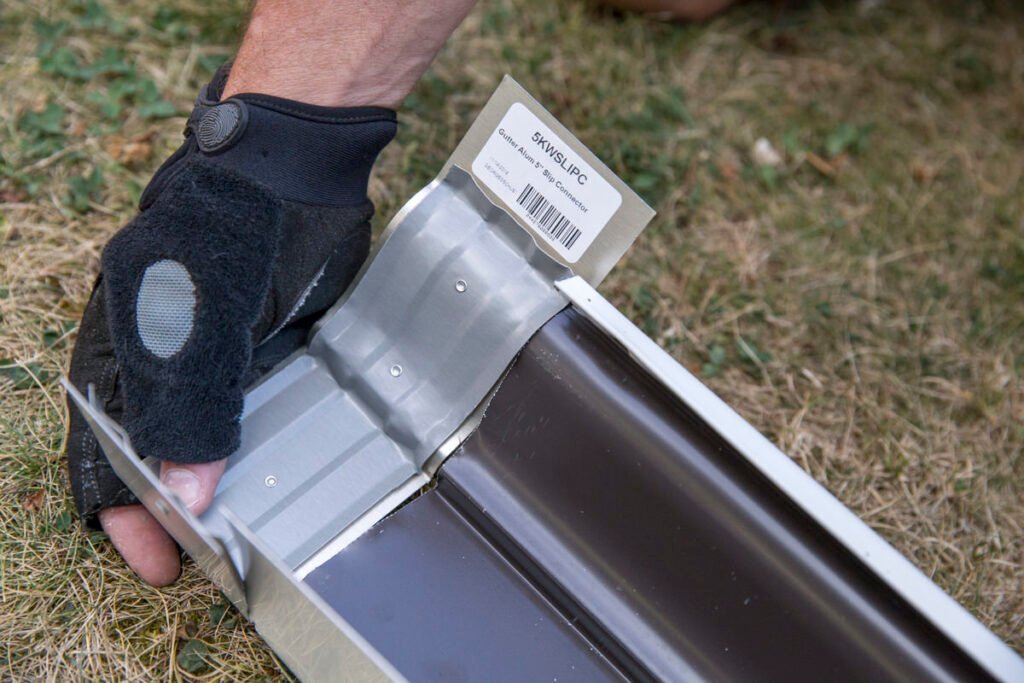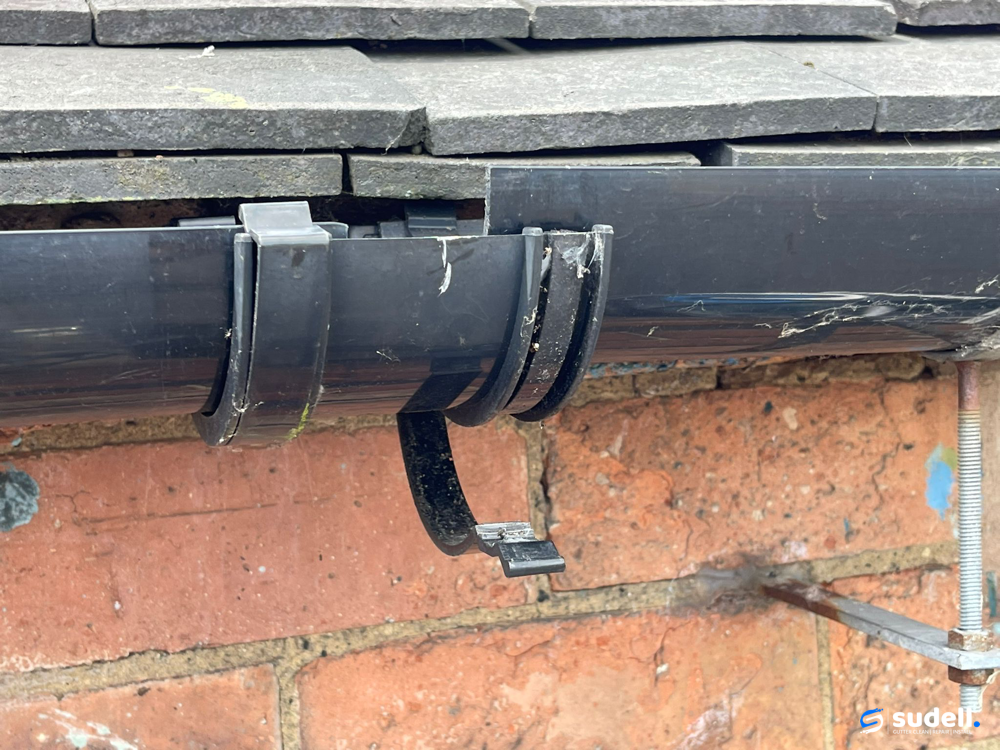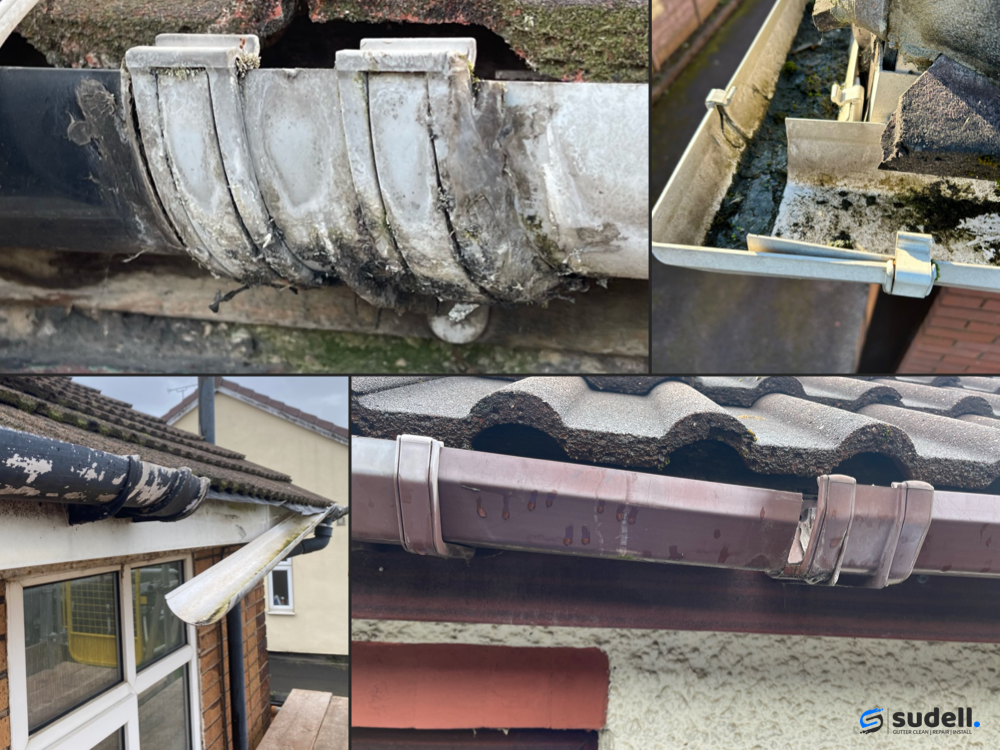- 022 315 8987
- info@myhomesconstruct.co.nz
Leaky gutters can wreak havoc on Auckland homes, from water pooling near foundations to costly roof repairs. A gutter slip joint is a simple, effective solution to connect gutter sections, fix leaks, or accommodate thermal expansion. Whether you’re a confident DIYer or considering professional help, this comprehensive guide will walk you through installing a gutter slip joint with precision. For complex jobs or multi-story properties in Auckland, My Homes Construct offers expert gutter services to keep your home dry and secure.


A gutter slip joint is a connector designed to join two gutter sections, ensuring a seamless flow for rainwater. It’s a critical component in maintaining an efficient roof runoff system, especially in Auckland’s wet and variable climate. Slip joints serve several purposes:
You’ll need a slip joint when you notice leaks, sagging sections, or are extending your gutter system. For instance, older Auckland homes with ageing galvanised gutters often develop joint leaks, while newer seamless systems may require slip joints for extensions. While DIY installation is achievable for single-story homes, complex repairs or high roofs may require professional expertise to comply with New Zealand’s building and roofing standards.
Slip joints are typically made from aluminium, vinyl, or uPVC, depending on your gutter material. Choosing the right type ensures compatibility and durability, especially in Auckland’s coastal environment, where salt air can accelerate corrosion.
Auckland’s unique climate—marked by heavy rainfall, high humidity, and occasional storms—puts gutters under constant strain. According to Auckland Council’s drainage guidelines, effective roof runoff control is essential to prevent water damage to properties and comply with local regulations. Poorly maintained gutters can lead to:
Installing a slip joint correctly is a proactive step to protect your home. For DIYers, it’s a cost-effective way to address minor issues. However, for extensive damage or compliance with NZ Building Code Clause E2 (External Moisture), professional intervention ensures long-term reliability.
Before starting, gather these tools and materials to ensure a smooth installation:
Pro Tip: Check your gutter material before buying a slip joint. Aluminium gutters require aluminium connectors, while vinyl or uPVC systems need matching plastic components. Mismatched materials can lead to poor fits or premature wear.
For Auckland homeowners, sourcing materials from local suppliers like Mitre 10 or Bunnings ensures availability and compliance with NZ standards. If you’re unsure about compatibility, My Homes Construct can assess your gutter system and recommend the right components.


Follow these detailed steps to install a gutter slip joint and restore your gutter system’s performance. Each step is designed for clarity, ensuring even novice DIYers can achieve professional results.
Start by clearing debris, dirt, or old sealant from the gutter ends where the slip joint will be installed. Leaves, sludge, and rust can prevent a tight seal, so thorough cleaning is essential.
Safety Callout: Position your ladder on firm, level ground. Use a ladder stabiliser or have a helper hold the base to prevent slips. Never lean beyond the ladder’s side rails.
Measure the gap between the two gutter sections to ensure the slip joint fits properly. Most slip joints are designed to overlap each gutter end by at least 5–7 cm for stability.
Proper alignment prevents water pooling and ensures the slip joint functions as intended.
Sealant is the key to a watertight connection. Use a high-quality silicone-based sealant rated for outdoor use and compatible with your gutter material.
Tip: In Auckland’s humid climate, choose a sealant with anti-mould properties to prevent algae or mildew buildup.
Carefully slide the slip joint over the ends of the two gutter sections, ensuring the sealant makes full contact.
If the fit feels loose, double-check the slip joint’s compatibility with your gutter system. A snug fit is critical for durability.
Fasten the slip joint to the gutters using rust-resistant screws or clips. Stainless steel fasteners are ideal for Auckland’s coastal air, which can corrode standard screws.
Warning: Overtightening screws can distort the gutter or crack plastic components, leading to leaks.
Test the installation by running water through the gutter system to confirm a leak-free joint.
Testing ensures your slip joint can handle Auckland’s frequent downpours. For added peace of mind, schedule a follow-up check after the next rain.


These expert tips will elevate your DIY gutter slip joint installation and ensure long-lasting performance:
For visual learners, consider sketching a diagram of the slip joint placement or referring to online videos for clarity. My Homes Construct also offers consultations to guide DIYers on material selection and techniques.
Even experienced DIYers can make errors during gutter slip joint installation. Avoid these pitfalls:
If you encounter these issues or feel uncertain, professional help can save time and prevent costly repairs.
While DIY slip joint installation is manageable for minor repairs, some situations demand expert intervention:
Hiring a professional also guarantees warranties on materials and labour, offering long-term peace of mind. For Auckland homeowners, My Homes Construct provides tailored solutions backed by local expertise.
Don’t let leaky gutters compromise your home’s safety or value. My Homes Construct is Auckland’s trusted name for gutter repairs, installations, and maintenance. Our experienced team delivers durable, compliant solutions tailored to your property’s needs, from single-story villas to multi-level apartments.
📞 Call us today: +64 22 315 8987
🌐 Visit: myhomesconstruct.co.nz
Whether you need a quick repair or a full gutter system overhaul, we’re here to keep your home dry and protected. Contact us for a free consultation and experience the difference of working with Auckland’s gutter experts.
No, sealant is critical for a watertight connection. Without it, water will seep through gaps, causing leaks and potential damage to your home’s exterior or foundation.
With quality materials and proper installation, a slip joint can last 10–20 years. Regular maintenance, such as cleaning and inspecting for corrosion, extends its lifespan.
Not always. Slip joints are only needed where two gutter sections meet, where repairs are required, or to allow for thermal expansion in long runs. Seamless gutters may not require them unless extended.
DIY repairs are safe for single-story homes if you follow safety protocols, such as securing ladders and wearing protective gear. For multi-story properties or complex issues, professional help is safer and more efficient.
If gutters are extensively rusted, cracked, or sagging despite repairs, replacement may be necessary. A professional assessment from My Homes Construct can determine the best course of action.
Yes, but only for extensions or repairs. Seamless gutters are designed to minimise joints, so consult a professional to ensure compatibility and maintain system integrity.
My Homes Construct stands out as Auckland’s go-to gutter specialists for several reasons:
Whether you’re tackling a DIY project or need professional gutter services, My Homes Construct is your partner in keeping your home safe and dry.
To support your gutter maintenance journey, consider these resources:
For personalised advice, contact My Homes Construct to discuss your gutter needs and explore tailored solutions.
WhatsApp us